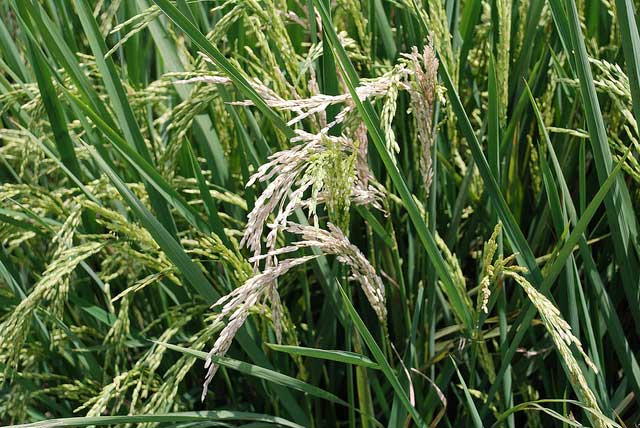Herbicide toxicity
 What it does
What it does
Herbicide toxicity leads to poor crop emergence, root damage, and possibly whiteheads.
Why and where it occurs
The problems typically happen if products are not used according to their recommendations e.g., at the wrong rate, the wrong stage of crop growth, or sometimes if the product is carried into contact with the emerging seed (e.g., water infiltration moves the product into the soil). Plants vary in their susceptibility both in terms of variety and growth stage.
Damage occurs at the time of or shortly after product application.
How to identify
 Herbicide toxicity can cause whiteheads
Herbicide toxicity can cause whiteheads
Check for the following symptoms:
- poor crop emergence (e.g., if pendamethalin comes into contact with the seed)
- root damage (e.g., possibly 2,4-D)
- whitehead (e.g., possibly Phenoxyprop)
Various problems can affect crop planting or establishment (e.g., cloddy soil, seed too deep, soil too soft at seeding, heavy rainfall at seeding, soil crusting, poor seed quality, poor seed distribution, low seed rate, water stress, muddy water at seeding, clogged seeder and/or pests such as ants, birds and rats that remove seed at planting.
To identify cause of problem, check what products were applied and when these were applied, relative to crop growth stages.
Why is it important
Herbicide toxicity does not cause a major economic problem.
Its effects are sporadic when either new products or farmers inexperienced with a product make the application. However, misuse of products and potential impact on the users and the environment requires great attention.
How to manage
To avoid herbicide toxicity:
- Identify the pest and determine whether an application is required or not, then carefully read the label of the product and follow the recommendations carefully.







